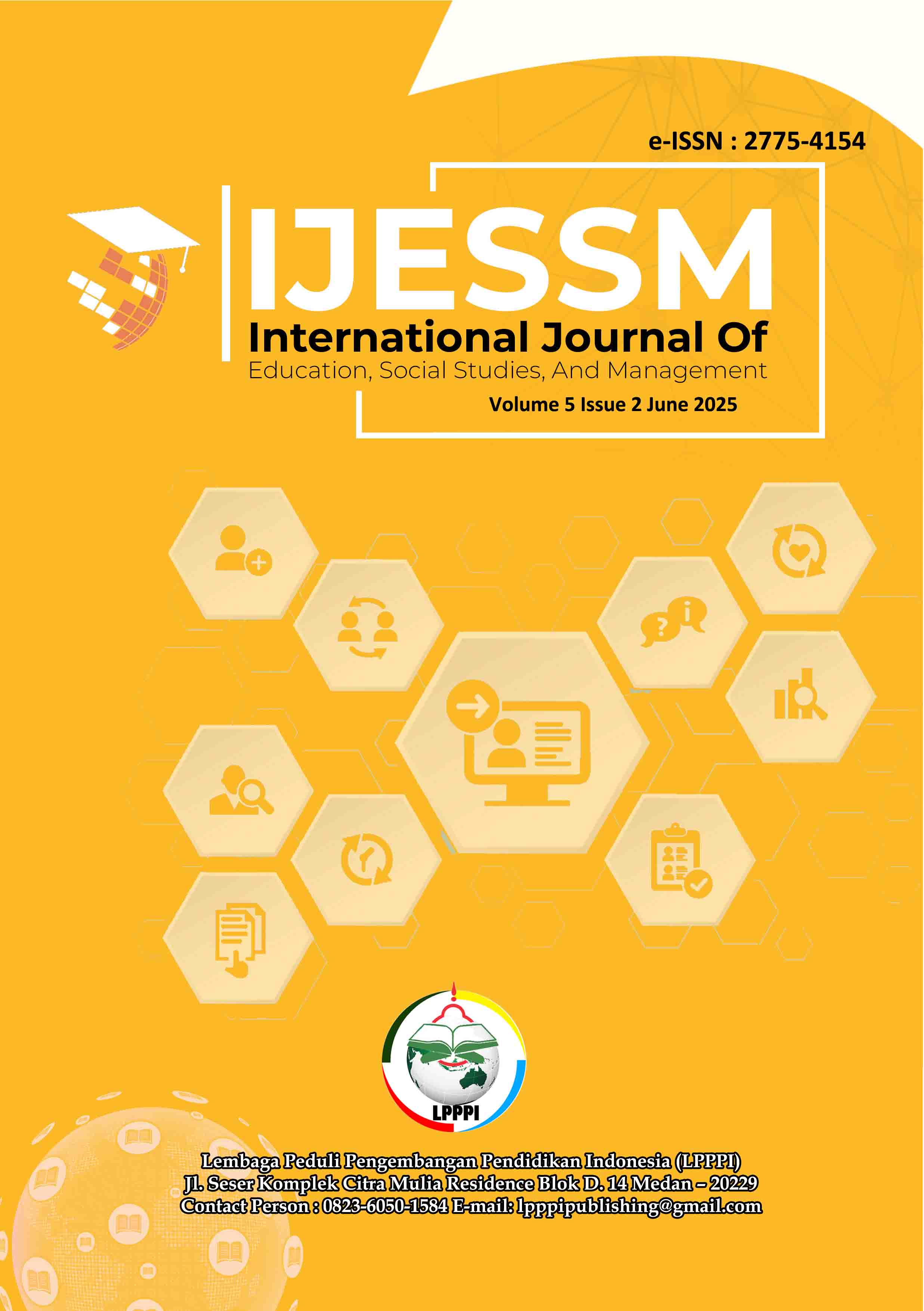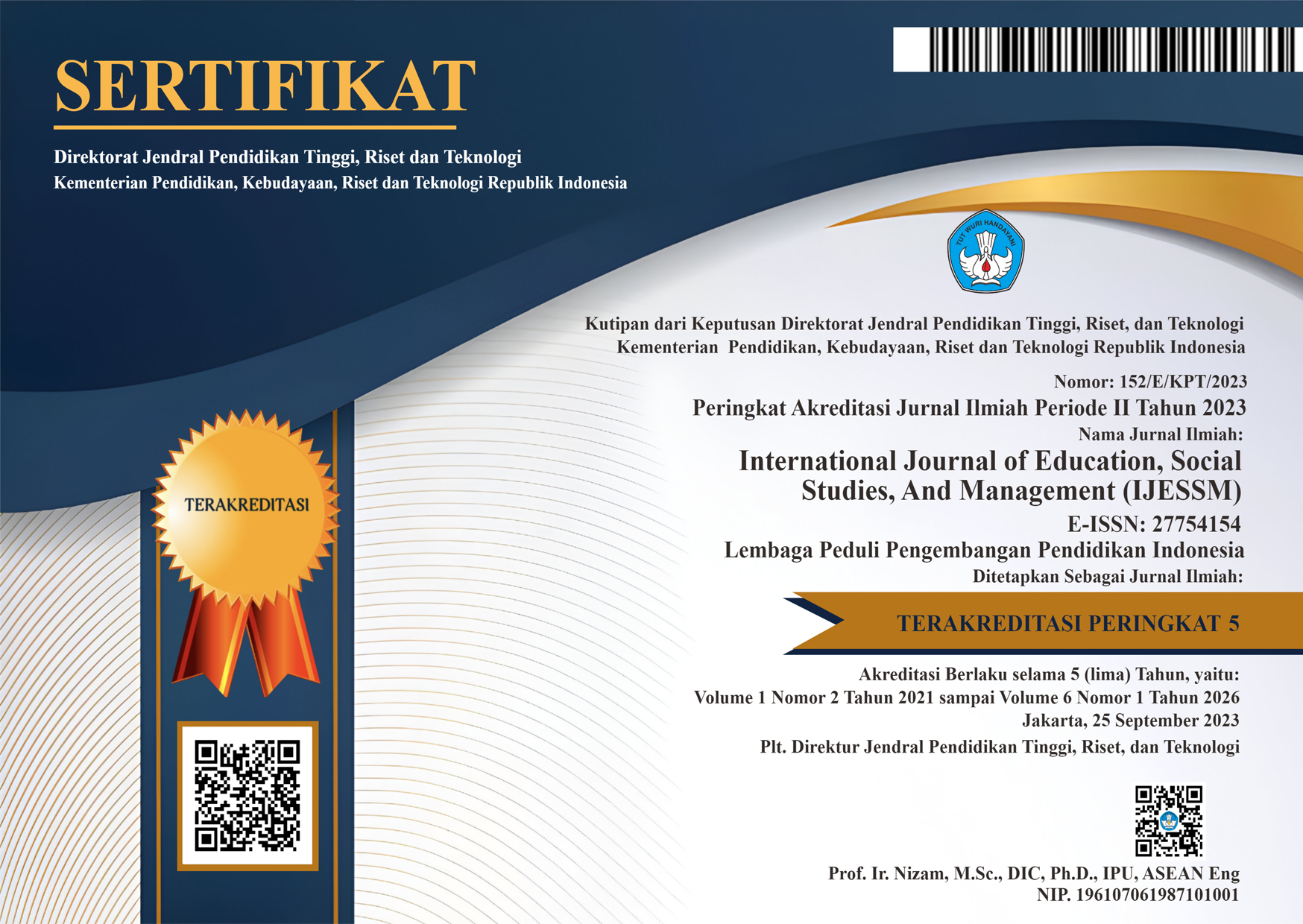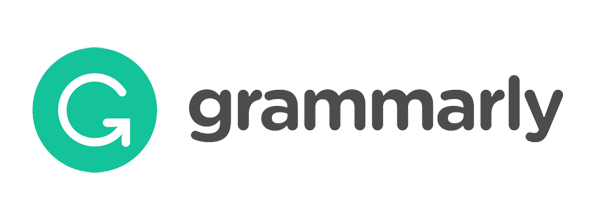Domestic Needs Fulfillment Management with Investment Opportunities in Corn Processing into Gomak Noodles in Samosir Regency
DOI:
https://doi.org/10.52121/ijessm.v5i2.825Keywords:
Gomak Noodles, Investment Opportunities, Net Present Value, Payback PeriodAbstract
The demand for gomak noodles or lidi noodles made from corn, a typical food of Toba and Samosir, has long been popular. In the current era, it is trending again with the number of requests increasing every year. It is very rare for business units to produce it and it is only found in Balige, with a distinctive taste. It is possible that the taste is different because it uses raw materials from the Lake Toba area. If processing or development is carried out in the Toba and Samosir areas, it will have an impact on increasing the income of this region. This study aims to determine the investment opportunities for processing corn into gomak noodles in Samosir Regency for domestic needs fulfillment management. Research using literature studies with reference to various experiments that have been conducted in various different places. With an analytical approach to calculating investment costs, production costs, financial structures, sales estimates, production cost estimates, and cash flow. Fulfillment of financial feasibility is carried out by looking for break even point analysis, net present value, incremental rate of return, net benefit cost ratio, and pay back period, as well as sensitivity analysis. The making or processing of corn into gomak noodles in Samosir Regency can be seen from the negative net present value of Rp-10,923,517, the internal rate of return of 11% indicates that the rate of return is greater than the specified bank interest rate. The payback period is 9 years if the planned assumptions are met, the profitability index is 1.01 and the benefit-cost ratio is below 1, indicating that the benefits obtained are less than the costs. The project is very sensitive to decreased revenue or increased costs. Small changes in both variables can cause the project to experience losses or fail to return capital. The current profit margin is too thin, which causes the business to be unable to withstand fluctuations in raw material prices, operational costs, or decreased market demand. The payback period is too long or more than 9 years, not suitable for small or micro businesses.
Downloads
Published
How to Cite
Issue
Section
License
Copyright (c) 2025 International Journal Of Education, Social Studies, And Management (IJESSM)

This work is licensed under a Creative Commons Attribution 4.0 International License.

















